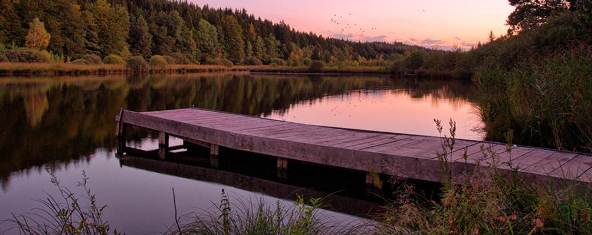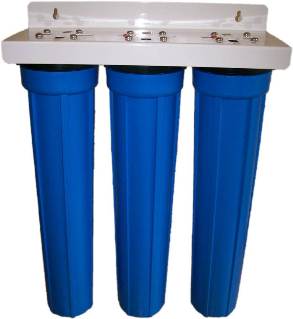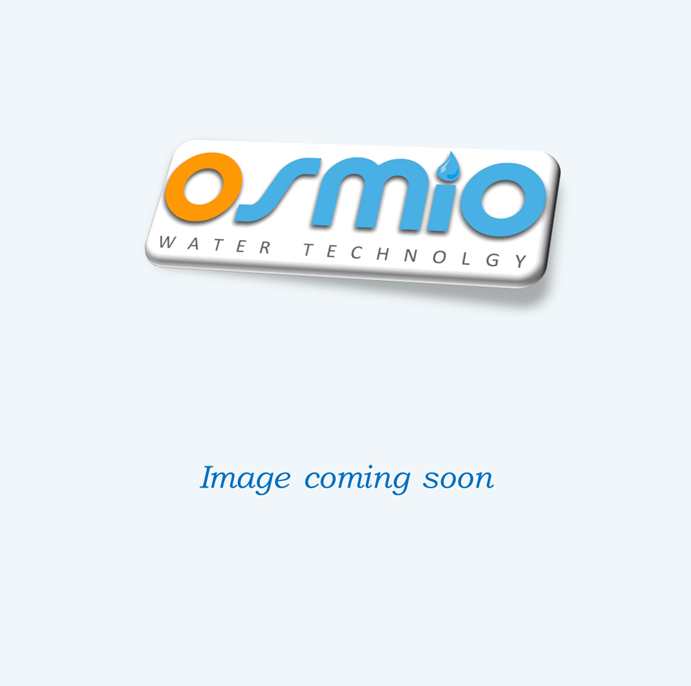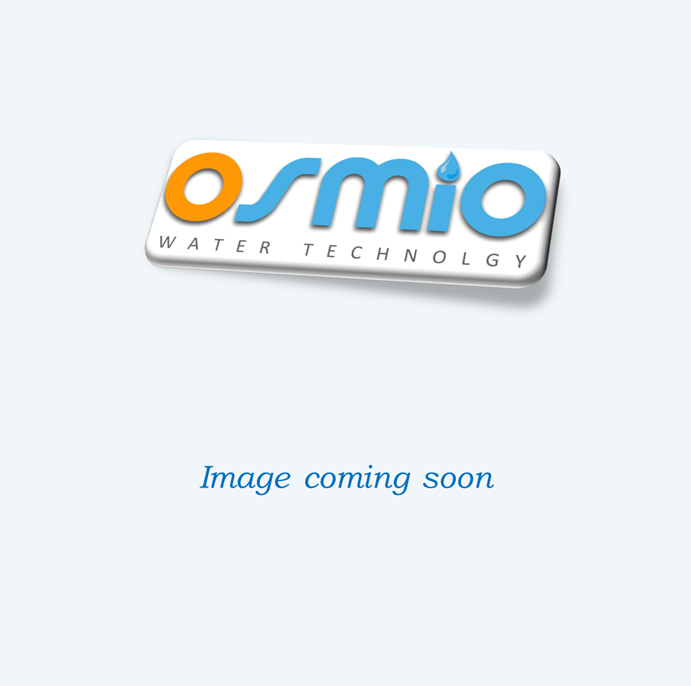Filtering Lake Water for Home Use

If you are fortunate enough to own a lakeside property, it is certainly a viable option to make your lake water be the main supply to your home. The advantages can be complete independence from the water company, savings on water bills and more control over your own water treatment.
However, this must be conducted with due care and attention. It isn't an easy thing to do, but once you have done it, there could be great rewards. Lake water can be prone to a wide variety of contaminants and is usually not safe to drink without prior treatment.
Filtering Lake Water for Home Use:
1) The first thing to do is contact your local council Environmental Services Department and request they arrange a sample to be taken. Comprehensive testing identifies both chemical and biological contaminants in the water. It is very important that the sample be taken from the bottom of the lake. This is because surface water is usually not contaminated with bacteria whereas water at the bottom of the lake most likely is (and that is the point where the supply will be taken).
If your Local Council will not do this on your behalf, they should be able to advise you of where to send your own sample. There are several water testing laboratories where it can be done. If you are collecting your own sample, be sure to siphon the water using a hose.
If you want to learn the basic of how to siphon water, watch this useful video:
2) After your receive the results of the water testing, then simply contact Osmio Water on 0330 113 7181 or contact us by email and send us your report. We will review the analysis and put together a comprehensive package to ensure the water is treated appropriately before you start using it for home use. The type of system you would need would most likely be:
Triple 20" Housing
- 50 Micron or Granular Activated Carbon Filter
- 20 Micron Sediment
- 5 Micron Sediment

Ultraviolet System (which one depends on the maximum flow rate)
In the house it may be worth using an additional filter system for the places where you access drinking water, one with a ceramic system would be best, such as this one:
3) The next step would involve the installation of a pipe running from the lake to your house. This will most likely require a pump at the bottom of the pipe to push the water up. The open end of the pipe should be as far out into the lake as possible as shoreline water is often slightly salty and may contain contaminants. Once this step in complete then comes the installation of the water filtrations and UV system.
4) The final stage is to arrange for another comprehensive test of the water coming through your filters and out your pipes. It is very important to do this before drinking the water to ensure that the filters have removed all the contaminants.
5) The levels of contaminants in the lake can change so it is very important you make sure the water is tested at the lake source and the post-treatment stage on a regular basis (at least annually). If a test shows elevated contaminant levels, immediately switch to bottled or boiled water. Ensure that a comprehensive test is carried out. Testing parameters should include (but are not limited to) pH, total dissolved solids, nitrate-nitrogen, alkalinity, aluminium, iron, manganese, fluoride, phosphorus, sulphate, and hardness and E. Coli and any other micro-organisms.
For further advice, just give us a call on 0330 113 7181, we're here to help and would be delighted to hear from you!


